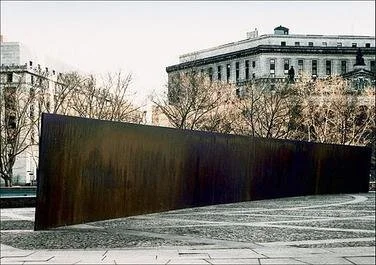Bringing Harlem to the Schools: Langston Hughes’s The First Book of Negroes and Crafting a Juvenile Readership
By Jonna Perrillo
Chapter 5 of Educating Harlem examines Langston Hughes’s production of the often-overlooked The First Book of Negroes as a vantage point into how the author transformed ideas, images, and business practices that he developed as a young Harlem Renaissance writer to educate children during the Cold War. Moreover, thinking about the book’s readership provides a view into the politics of the books Harlem and New York City children otherwise were reading in 1950s classrooms. Hughes’s political critiques in The First Book of Negroes dated to some of his most seminal works as a writer in the Harlem Renaissance. Throughout his life and career, Hughes remained committed to the same questions that thrived at the heart of the Renaissance, including: What constitutes black culture and art? What are the responsibilities of the black artist to himself and his or her community? Can cultivating a black readership serve as a pathway to community advancement? And what is the role of a black aesthetic—and the black diaspora—within a larger U.S. culture? Now, he translated these questions into a genre for the people he saw as the most vulnerable and most in need of nuanced and humane accounts of black experience and accomplishment: children.
Read More






